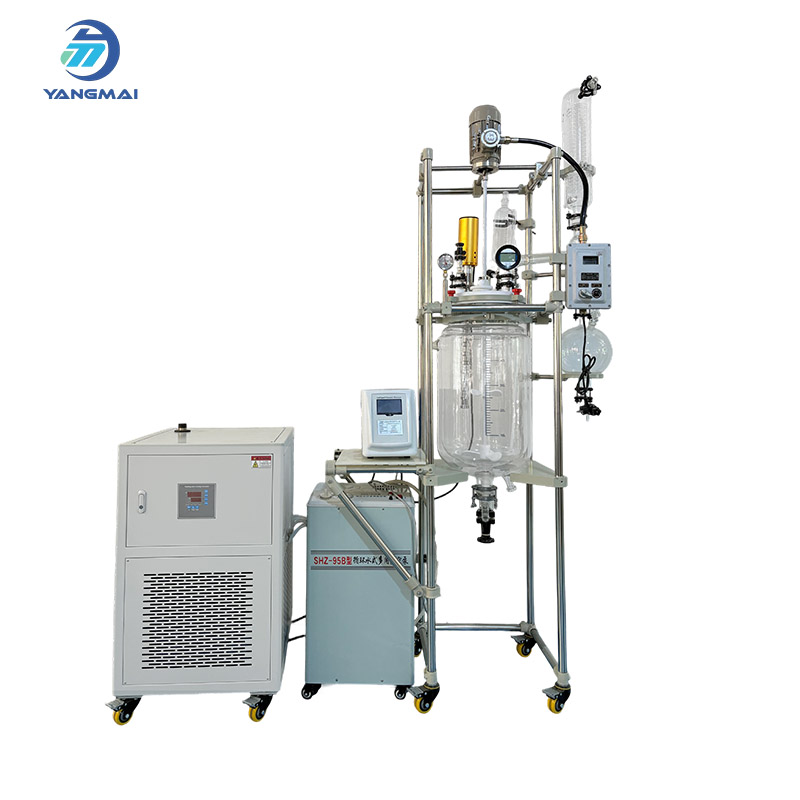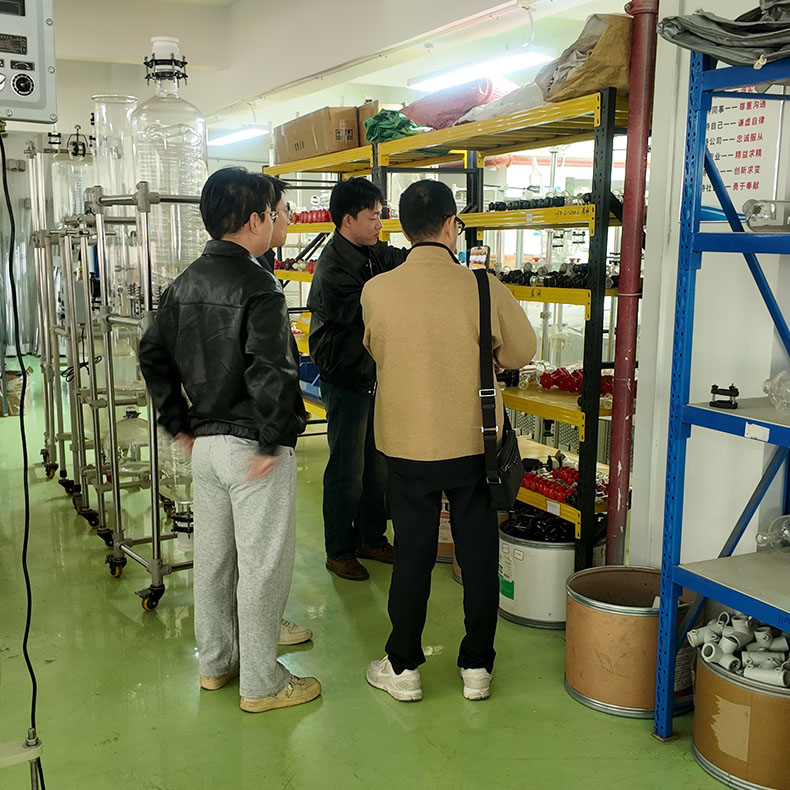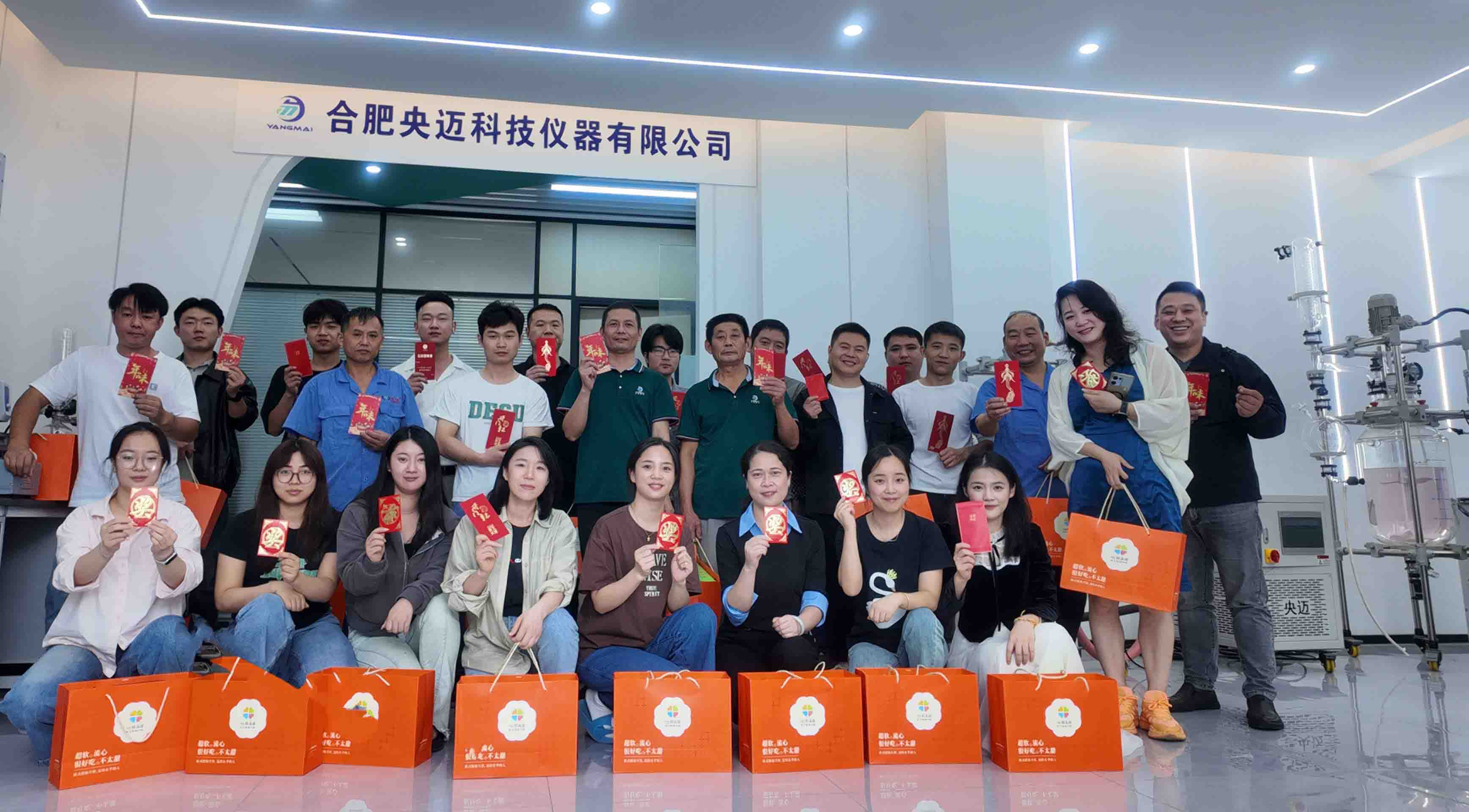Application of Ultrasonic Homogenizer in Glass Reactor
Oct 08, 2025
Introduction
The combination of a glass reactor and an ultrasonic homogenizer offers an efficient solution for laboratory and industrial chemical processes. This setup improves mixing, dispersion, and reaction uniformity, making it ideal for chemical synthesis, extraction, crystallization, and nanomaterial preparation.
What Is an Ultrasonic Homogenizer?
An ultrasonic homogenizer, also known as an ultrasonic cell crusher or ultrasonic disruptor, uses high-frequency ultrasonic waves to generate cavitation in liquids. These intense vibrations break molecular bonds, disperse particles, and accelerate chemical reactions.
When paired with a glass reactor system, it enhances the mixing process and ensures uniform reaction conditions throughout the Kettle.
How It Works in a Glass Reactor?
In a glass reactor, the ultrasonic homogenizer can be inserted through a sealed port on the reactor lid. The ultrasonic probe delivers energy directly into the liquid phase, creating microscopic bubbles that collapse and release high energy. This process leads to:
Efficient Mixing – Achieves rapid dispersion of solids, liquids, or gases in the reaction medium.
Enhanced Reaction Rate – The increased molecular motion accelerates chemical reaction kinetics.
Improved Homogeneity – Reduces particle size and ensures even temperature and concentration distribution.
Cell Disruption & Extraction – Ideal for biological and pharmaceutical experiments involving cell lysis or compound extraction.
Advantages of Using Ultrasonic Homogenizer with Glass Reactor
High Efficiency: Shortens reaction time by improving heat and mass transfer.
Versatility: Suitable for chemical synthesis, emulsification, nanomaterials, and biotechnology.
Temperature Control: The jacketed glass reactor can maintain constant temperature while ultrasonic energy is applied.
Safe and Clean Operation: Both systems are easy to clean and resistant to acid, alkali, and corrosion.
Scalable Design: From small-scale laboratory testing to pilot-scale production.
Applications in Research and Industry
The ultrasonic homogenizer–glass reactor combination is widely used in:
Pharmaceutical industry – Drug formulation and extraction of active ingredients.
Chemical synthesis – Catalytic reactions, emulsions, and polymerization.
Biotechnology – Protein extraction, enzyme treatment, and microbial cell disruption.
Nanotechnology – Synthesis of nanoparticles and dispersion of nanomaterial
Conclusion
Integrating an ultrasonic homogenizer with a glass reactor provides a highly efficient, controllable, and clean environment for complex chemical and biological processes. This setup not only improves productivity but also ensures consistency and reproducibility in research and industrial applications.
For laboratories seeking high-performance reaction systems, the combination of a borosilicate glass reactor and ultrasonic homogenizer is an excellent choice to achieve precise control and superior results.






















